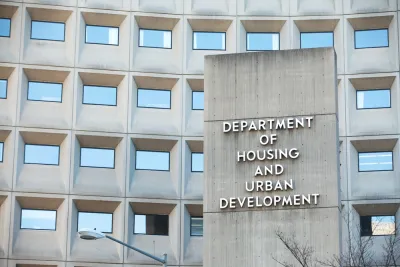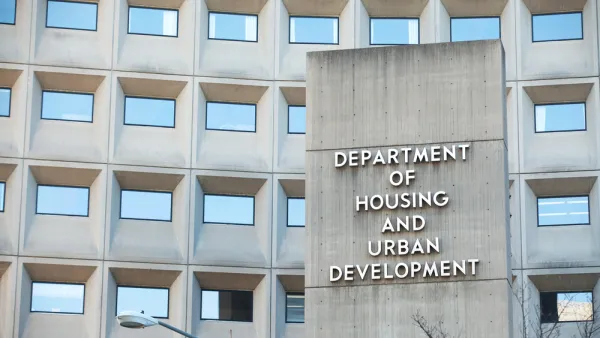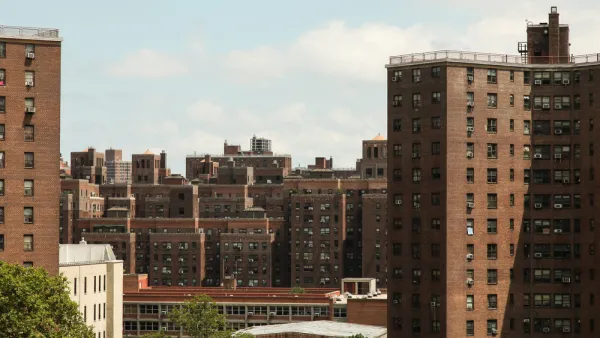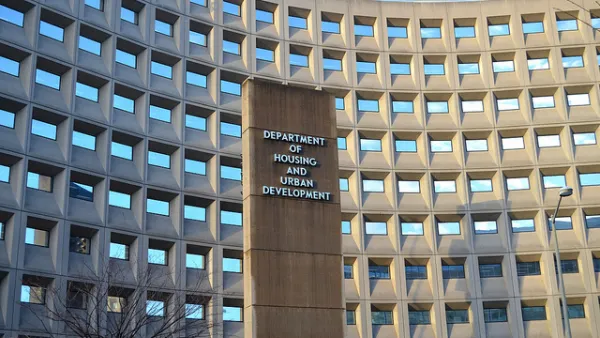Efforts by the U.S. Department of Housing and Urban Development to "purge" undocumented immigrants from public housing would hurt a lot of legal residents and citizens.

The U.S. Department of Housing and Urban Development (HUD) published a proposed rule on the Federal Register this week that attempts to verify the eligibility status of people receiving housing assistance from the federal government—i.e., tightening regulations against undocumented immigrants.
HUD Secretary has said the rule is necessary to "make certain our scarce public resources help those who are legally entitled to it."
According to analysis of the proposed rule by Tracy Jan for The Washington Post, a lot of people who are legally entitled to public resources will lose assistance as a result of the rule change. In fact, the agency's own analysis, as printed in the proposed rule, admits that "half of current residents living in households potentially facing eviction and homelessness are children who are legally qualified for aid."
"Current rules bar undocumented immigrants from receiving federal housing subsidies but allow families of mixed-immigration status as long as one person — a child born in the United States or a citizen spouse — is eligible. The subsidies are prorated to cover only eligible residents."
The new rule would require every member of the household to be "of eligible immigration status."
"Approximately 25,000 households, representing about 108,000 people, now living in subsidized housing have at least one ineligible member, according to the HUD analysis," according to Yan. 55,000 of that total are children.
Yan points out that the effect of the proposed rule would be contrary to the Trump administration's goals for shortening the waiting lists for housing assistance. A Twitter thread by Diane Yentel, CEO of the National Low Income Housing Coalition, also digs into the effects of the proposed rule, as described HUD's own documentation of the proposed rule.
FULL STORY: HUD says 55,000 children could be displaced under Trump plan to evict undocumented immigrants

Analysis: Cybertruck Fatality Rate Far Exceeds That of Ford Pinto
The Tesla Cybertruck was recalled seven times last year.

National Parks Layoffs Will Cause Communities to Lose Billions
Thousands of essential park workers were laid off this week, just before the busy spring break season.

Retro-silient?: America’s First “Eco-burb,” The Woodlands Turns 50
A master-planned community north of Houston offers lessons on green infrastructure and resilient design, but falls short of its founder’s lofty affordability and walkability goals.

Test News Post 1
This is a summary

Analysis: Cybertruck Fatality Rate Far Exceeds That of Ford Pinto
The Tesla Cybertruck was recalled seven times last year.

Test News Headline 46
Test for the image on the front page.
Urban Design for Planners 1: Software Tools
This six-course series explores essential urban design concepts using open source software and equips planners with the tools they need to participate fully in the urban design process.
Planning for Universal Design
Learn the tools for implementing Universal Design in planning regulations.
EMC Planning Group, Inc.
Planetizen
Planetizen
Mpact (formerly Rail~Volution)
Great Falls Development Authority, Inc.
HUDs Office of Policy Development and Research
NYU Wagner Graduate School of Public Service




























